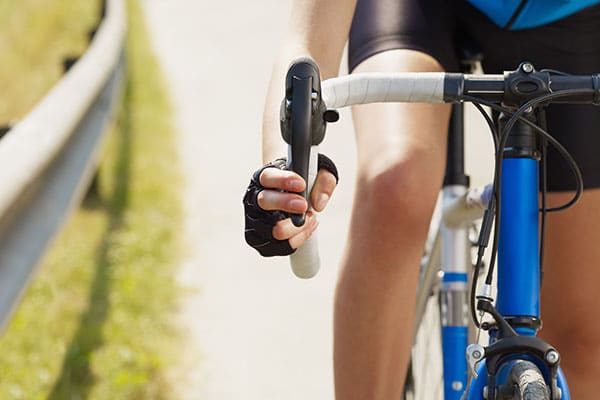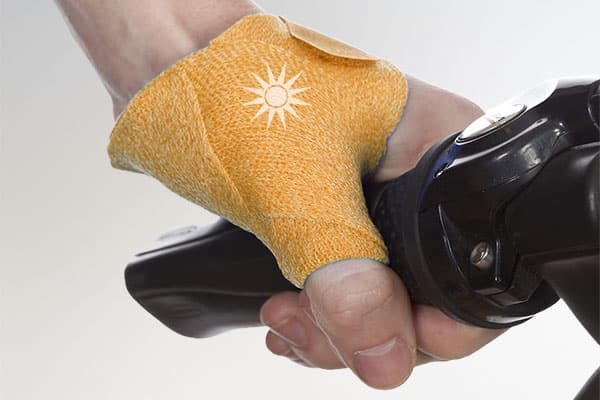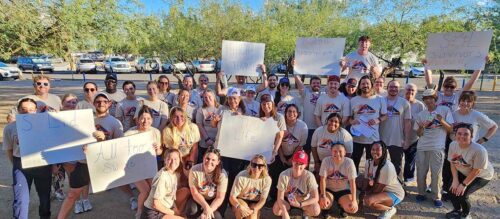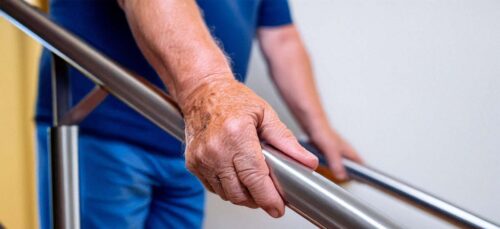Cycling is a fantastic way to stay fit and explore the outdoors, but it can also put significant strain on the hands and wrists, leading to various injuries. Hand injuries are common among cyclists and can range from minor discomfort to severe conditions that affect performance and enjoyment.
Common Types of Hand Injuries in Cycling

Carpal Tunnel Syndrome:
Prolonged pressure on the median nerve in the wrist can lead to carpal tunnel syndrome, characterized by numbness, tingling, and weakness in the thumb, index, and middle fingers.
Ulnar Nerve Compression:
Pressure on the ulnar nerve, often due to handlebar positioning or prolonged grip, can cause symptoms such as numbness, tingling, and weakness in the ring and little fingers.
Fractures and Sprains:
Falls or collisions while cycling can result in fractures or sprains of the hand and wrist bones, causing pain, swelling, and reduced range of motion.
Tendonitis:
Overuse of the hand and wrist muscles can lead to inflammation of the tendons, causing pain, stiffness, and decreased grip strength.
Prevention
To prevent hand injuries while cycling, cyclists should focus on proper bike fit, ergonomics, and prevention.
Incorporating strength and flexibility exercises into your training routine can improve hand and wrist stability. A physical or occupational therapist can help create an exercise program specific to you to help injury recovery and prevention.
Custom Orthotics

Custom orthotics, such as hand splints or braces made by a trained physical or occupational therapist, can play a crucial role in the rehabilitation and management of hand injuries in cyclists:
Immobilization:
Splints or braces may be used to immobilize the hand or wrist following injury or surgery, allowing tissues to heal properly.
Support:
Custom orthotics provide support to the hand and wrist, reducing strain on injured structures and promoting stability during activities. Your therapist can customize these so that they can be worn while riding your bike.
Alignment:
Orthotics can help align the hand and wrist joints in optimal positions to prevent further injury and facilitate proper movement patterns.
Pressure Redistribution:
By distributing pressure evenly across the hand and wrist, custom orthotics can alleviate discomfort and prevent excessive stress on vulnerable areas.
Rehabilitation
In addition to custom orthotics, rehabilitation for hand injuries in cyclists may include:
Physical Therapy:
A physical therapist can design a personalized exercise program to improve strength, flexibility, and coordination in the hand and wrist.
Modalities:
Modalities such as ultrasound, electrical stimulation, or cold therapy may be used to reduce pain and inflammation.
Activity Modification:
Temporary modifications to cycling activities may be necessary to avoid exacerbating symptoms and promote healing.
Education:
Cyclists should receive education on proper hand and wrist care, including ergonomic principles, injury prevention strategies, and self-management techniques.
Conclusion

Hand injuries are a common concern for cyclists, but with proper awareness, prevention, and rehabilitation, they can be effectively managed. Custom orthotics play a valuable role in supporting injured tissues, promoting healing, and preventing re-injury. If you’re experiencing hand pain or discomfort while cycling, don’t hesitate to consult with a healthcare professional for evaluation and treatment. With the right interventions, you can protect your hands and enjoy many more miles of pain-free cycling adventures.

Alicia Allie
PT, DPT, CHT
Chief Clinical Director, Certified Hand Therapist




